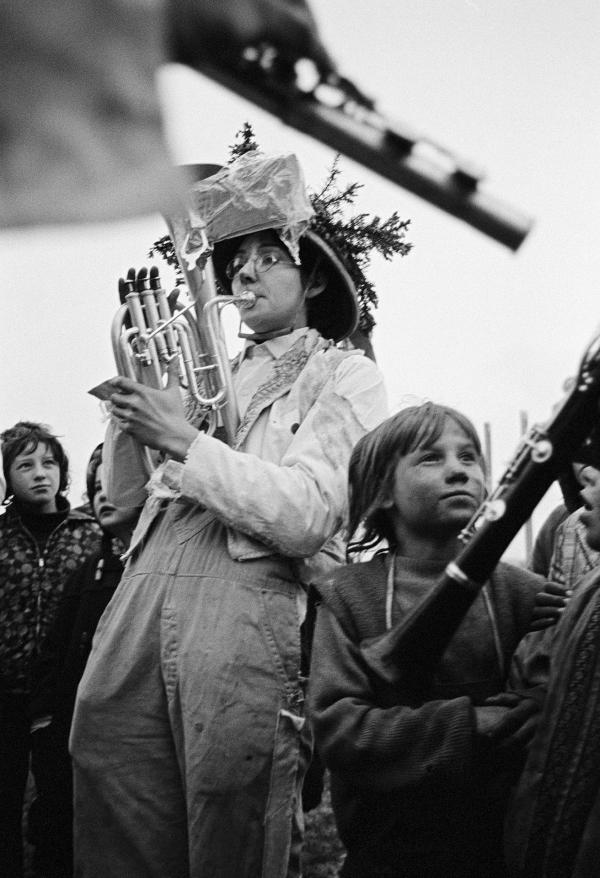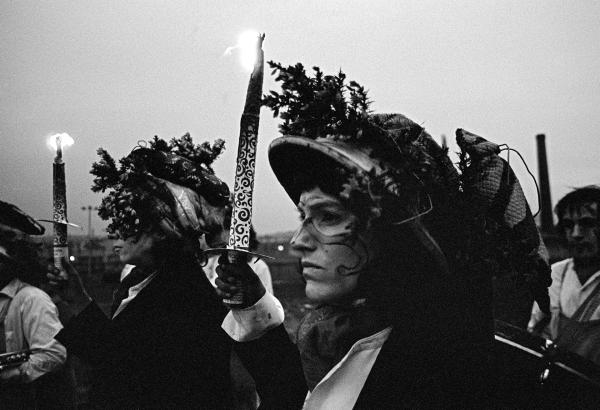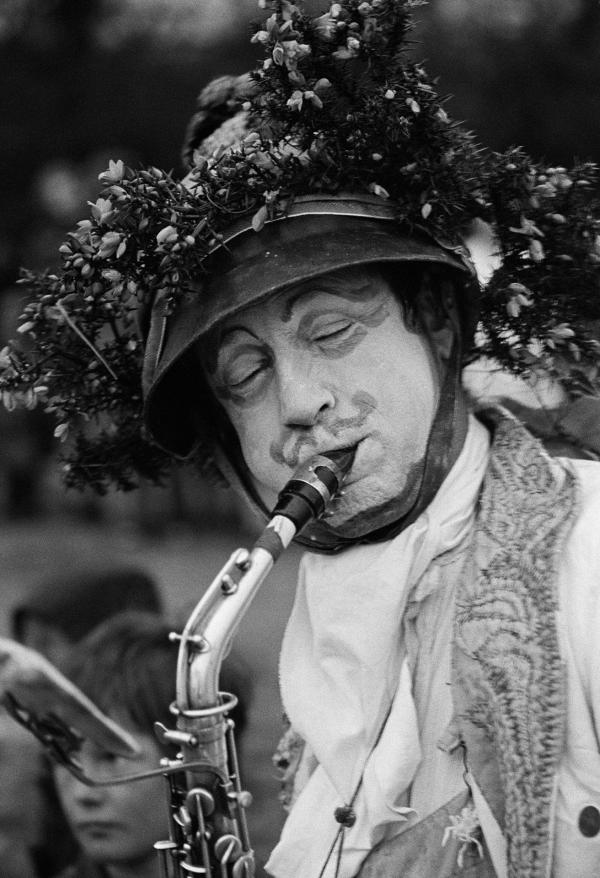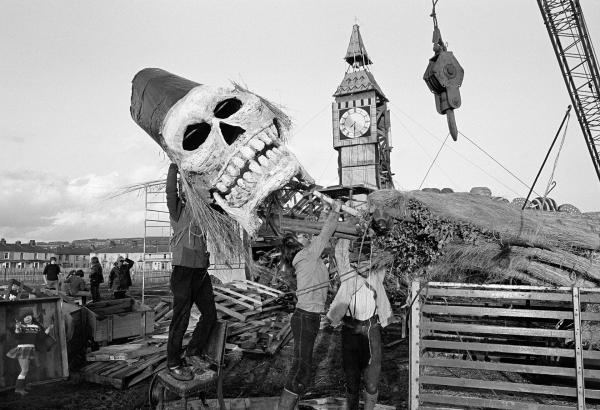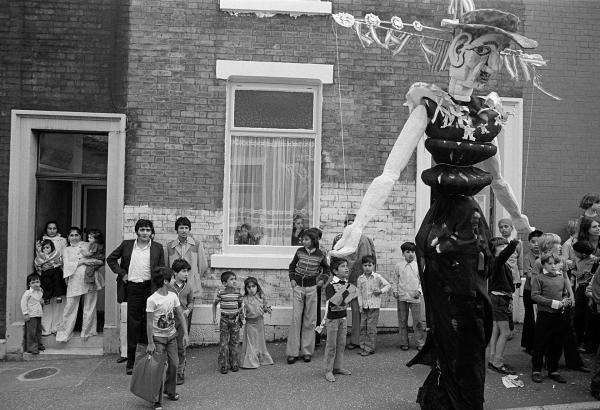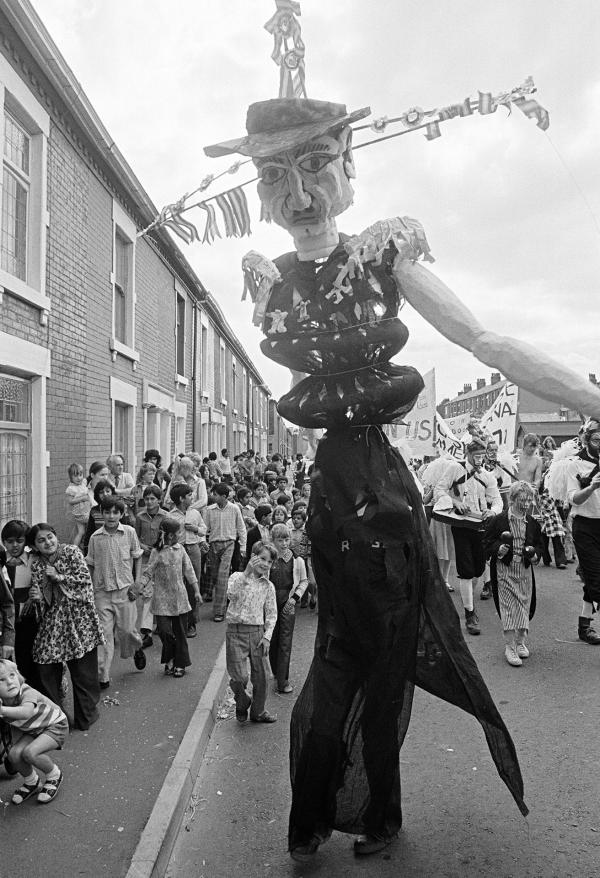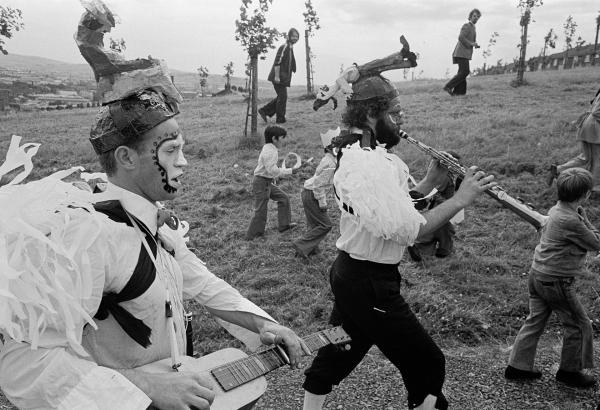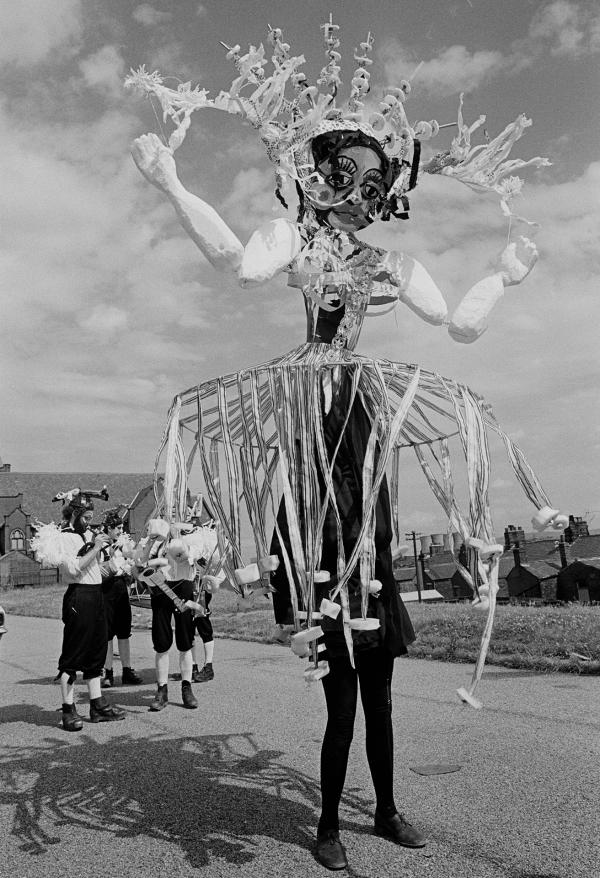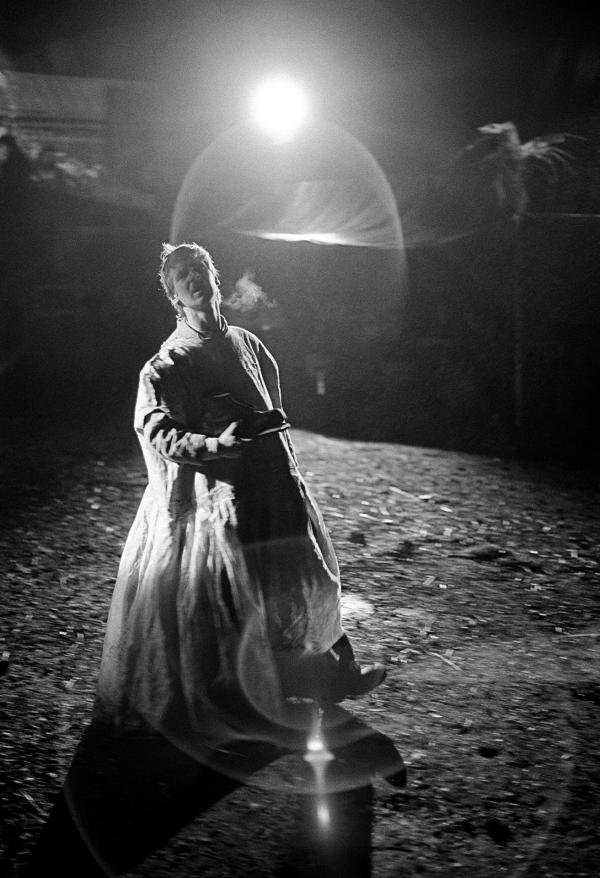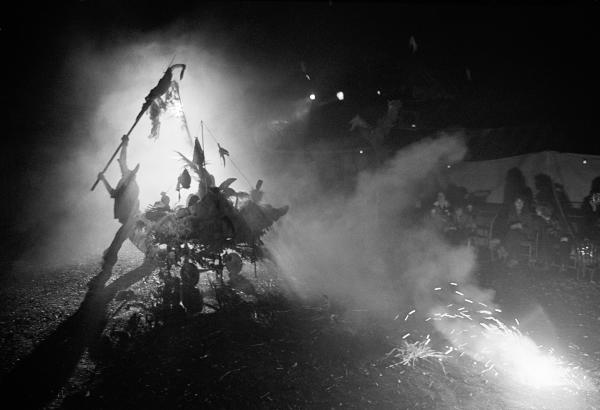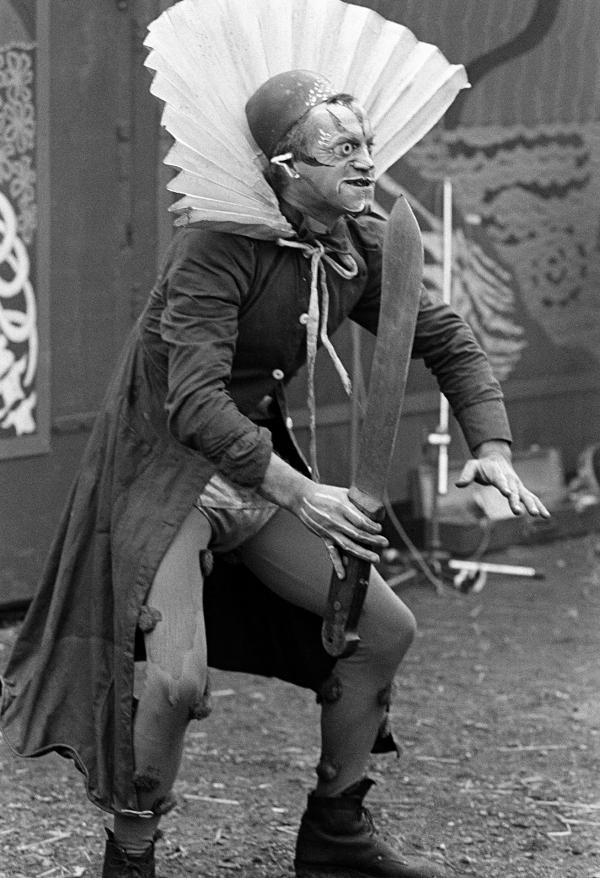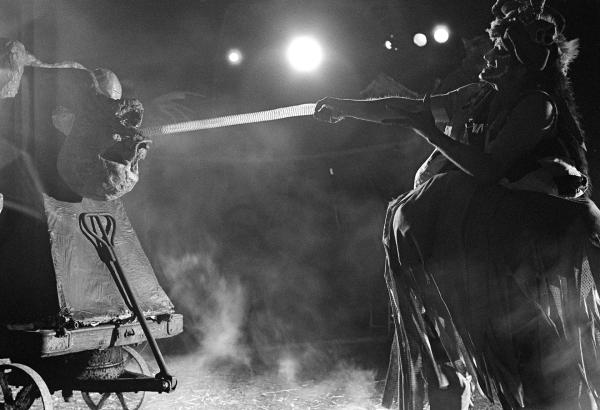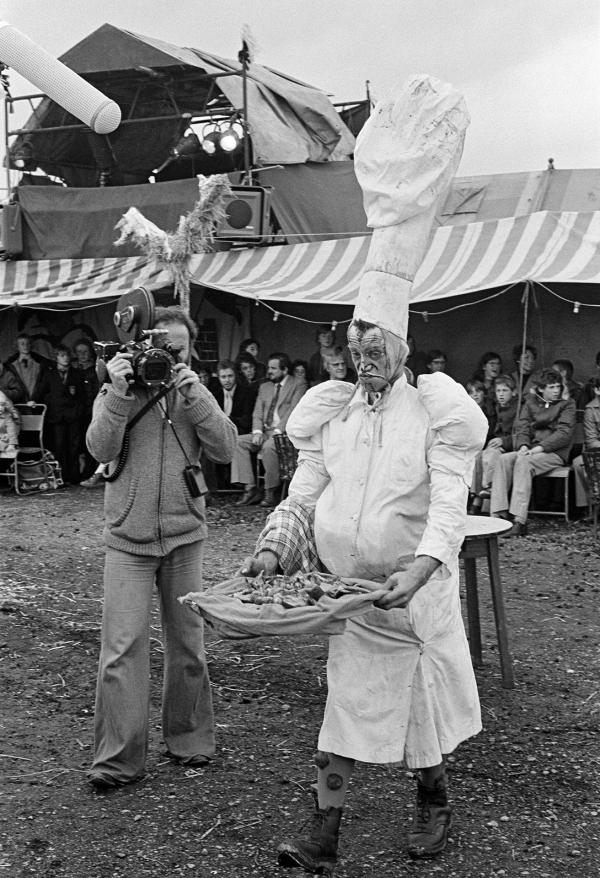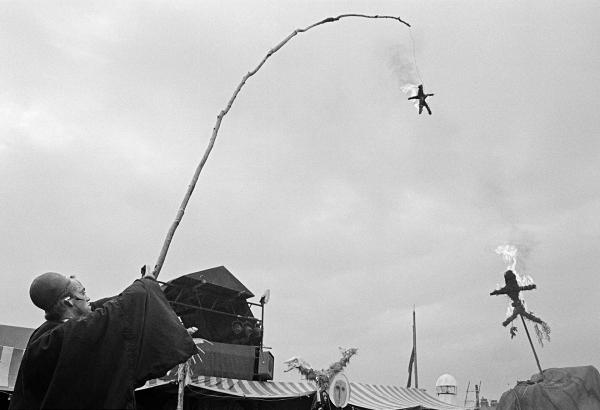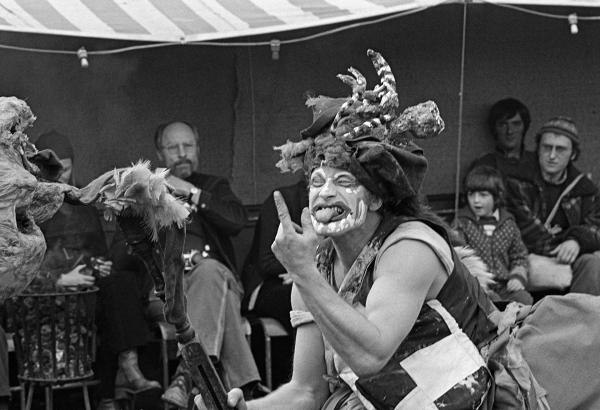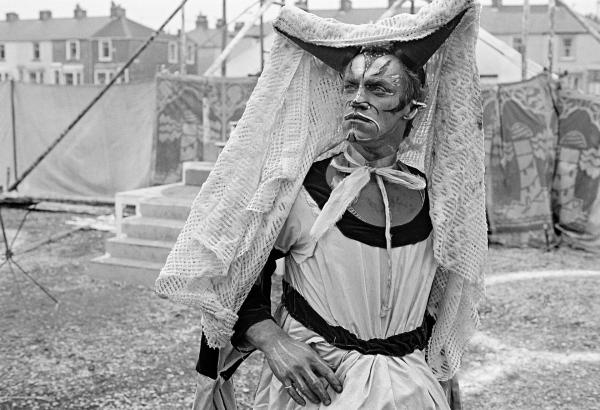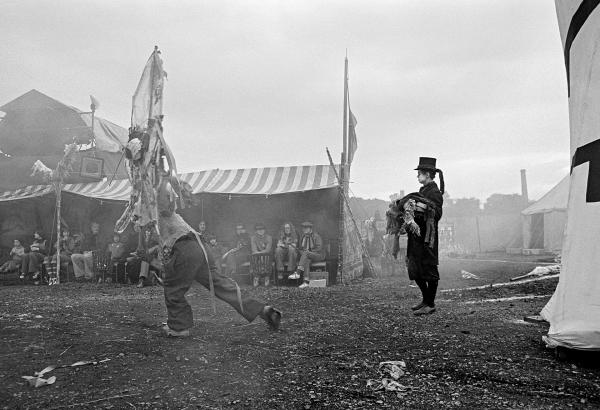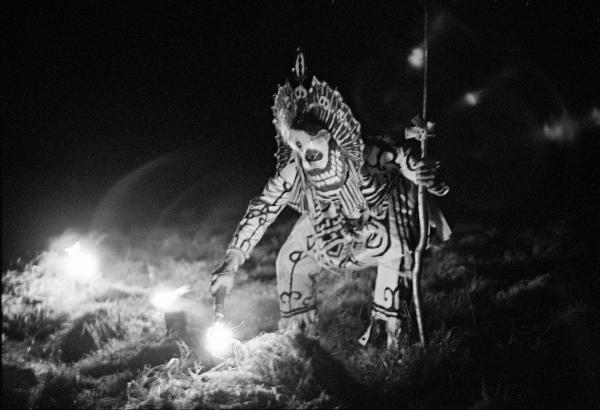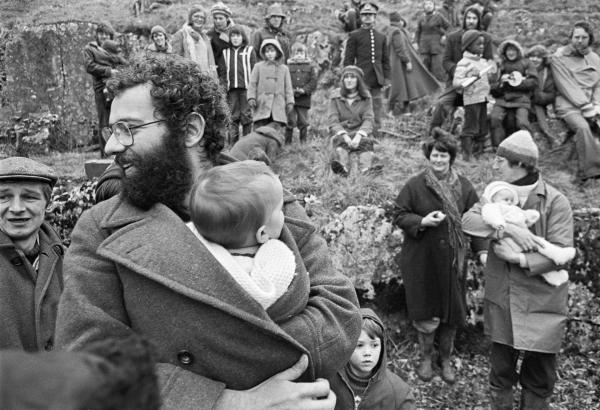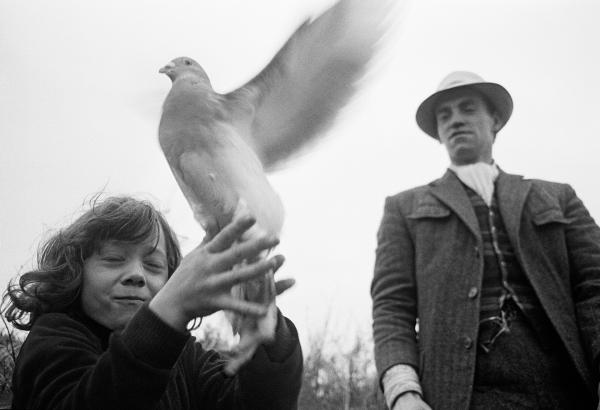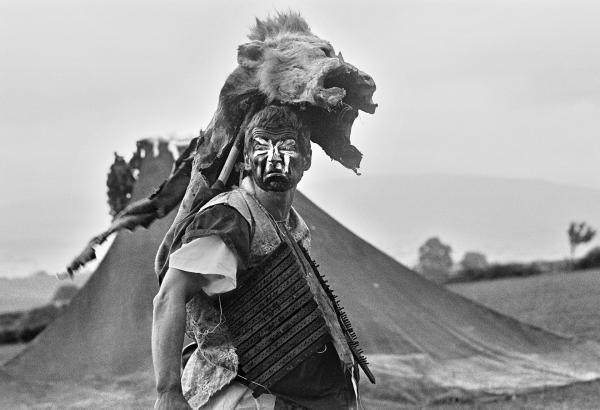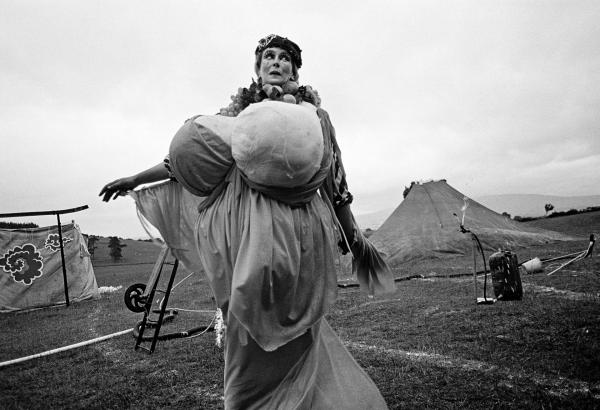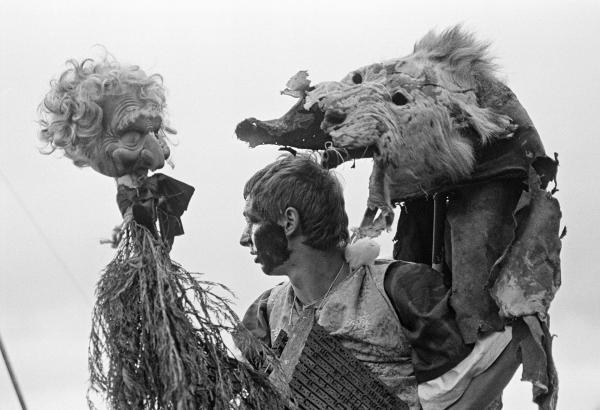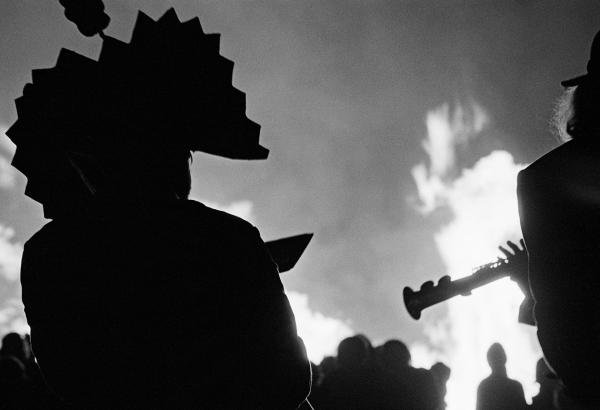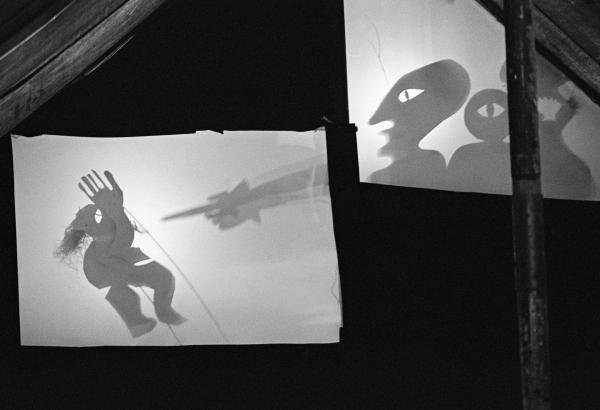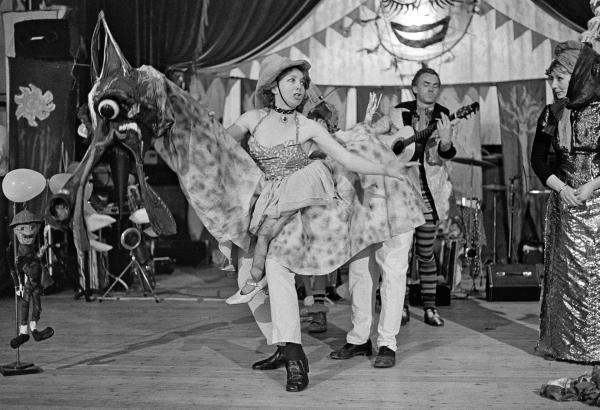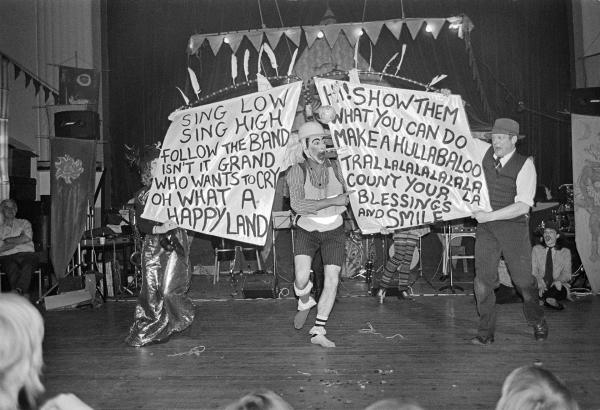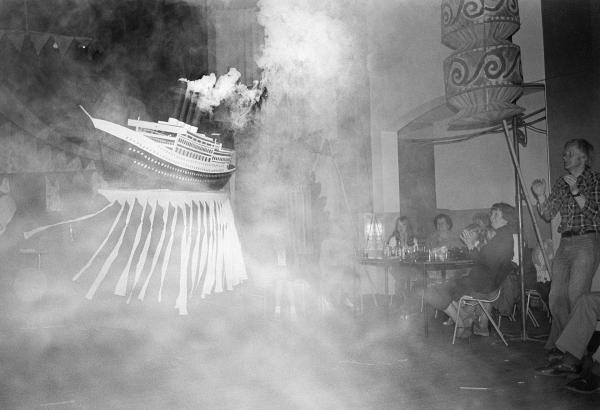Welfare State International 1976-1983
During my time as photographer-in-residence to the Borough of Pendle, Lancashire, one of my jobs was to record the work of Welfare State International (WSI), based in Burnley.
 Read more
Read moreBodleian Libraries Links
Also:
Negatives and contact sheets 03, Jan-May 1976
Negatives and contact sheets 04, May-Jun 1976
Negatives and contact sheets 07, Sep-Dec 1976
Negatives and contact sheets 08, Dec 1976-Jan 1977
Negatives and contact sheets 09, Jan-Apr 1977
Negatives and contact sheets 11, Jul-Aug 1977
Negatives and contact sheets 12, Sep-Dec 1977
Negatives and contact sheets 13, Dec 1977-Feb 1978
Negatives and contact sheets 16, Jun-Sep 1978
Negatives and contact sheets 17, Sep 1978-Spring 1979
Negatives and contact sheets 18, Mar-Jul 1979
Negatives and contact sheets 20, Nov 1979-Mar 1980
Negatives and contact sheets 21, Mar-Jul 1980
Negatives and contact sheets 22, Jul-Sep 1980
Negatives and contact sheets 23, Sep 1980-Apr 1981
Negatives and contact sheets 24, May 1981-Jul 1982
Negatives and contact sheets 25, Aug 1982-Jun 1983
Bodleain Libraries Blog:
Focus on photographic prints of Welfare State International, by Olivia Hersey, student intern, 15 June 2023
